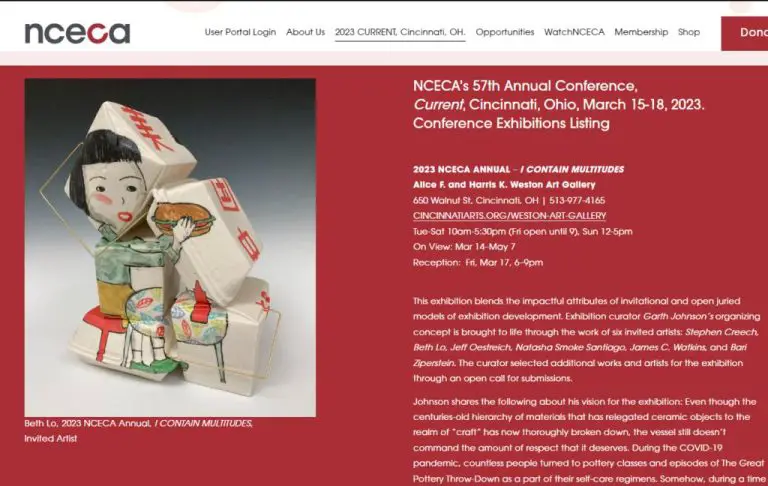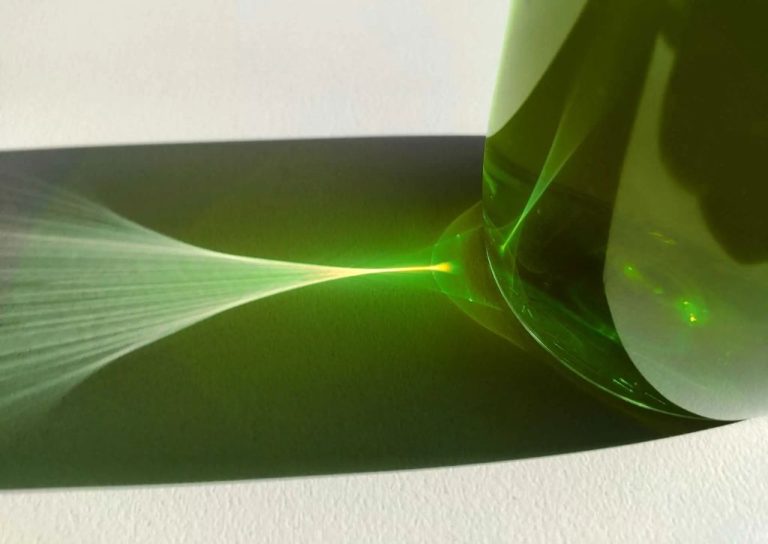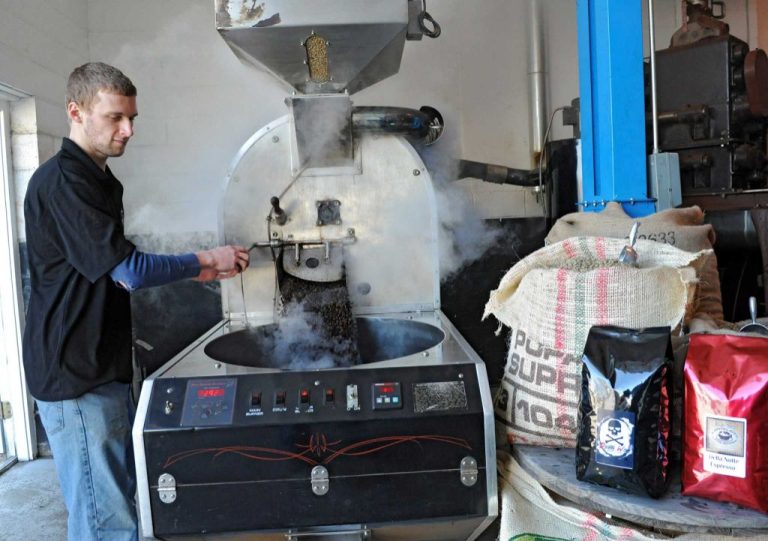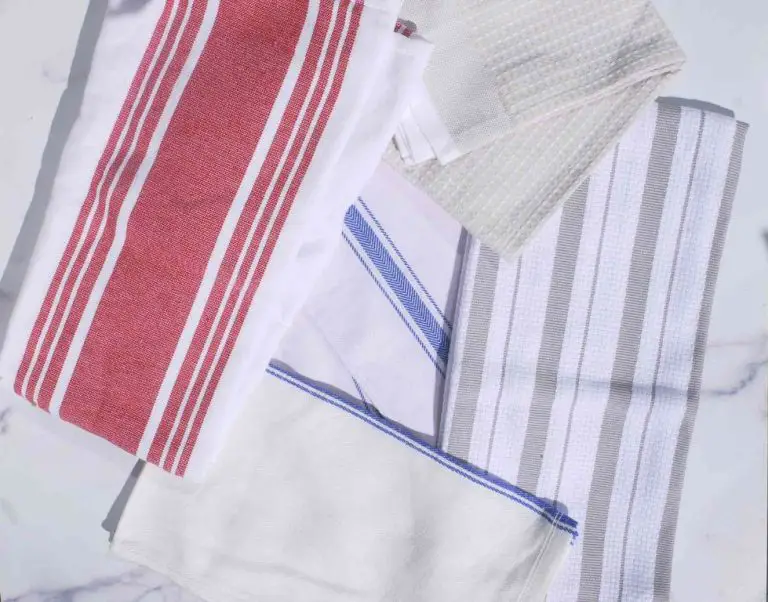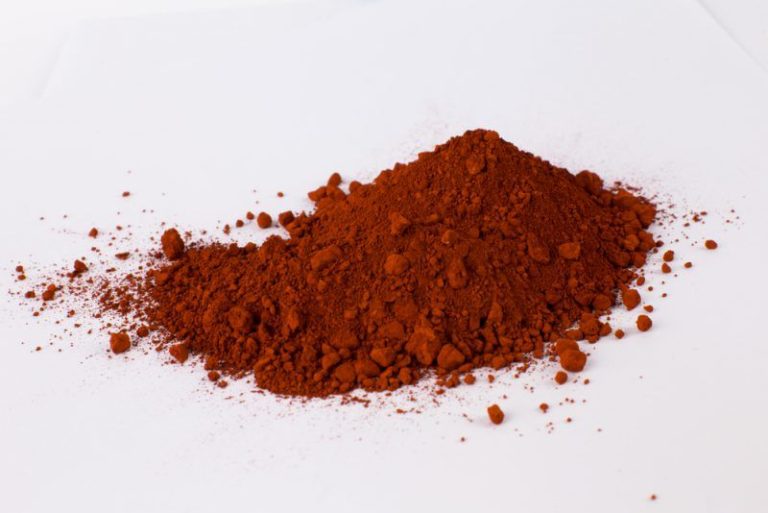Clay Artistry Unleashed: Ideas To Ignite Your Imagination
The Versatility of Clay
Clay is an incredibly versatile medium that can be molded and shaped into endless creations. Its malleable nature allows it to be formed into any shape imaginable. Clay can hold fine detail and take on subtle textures when worked by hand. Once shaped, clay creations can be decorated in countless ways. They can be painted with glazes or underglazes and fired in a kiln to set the colors permanently. Clay can also be stained, etched, gilded, and finished in many other creative ways.
The most common use of clay is for making pottery such as vases, bowls, mugs, and plates. But clay is also frequently used for sculpture, figurines, tiles, and jewelry. Polymer clay is popular for making beads, pendants, and charms. The diversity of what can be made with clay makes it an ideal medium for unleashing creativity. From functional wares to elaborate works of art, clay’s versatility allows artisans to give life to their wildest imaginings.
Sculpting with Clay
Clay is a versatile medium for sculpting. With the right tools and techniques, you can create realistic or stylized sculptures of people, animals, nature, abstract shapes, and more. Some key tools for sculpting with clay include:
- Potter’s wheel – for throwing symmetrical forms and vessels
- Armatures or wire frames – provide structure and support for figures
- Loop tools – for carving fine details and textures
- Ribs and scrapers – smooth and shape the clay
- Cutting wire – slice through clay for definition
When sculpting the human figure, it’s important to study anatomy and proportion. An armature can help support the weight of the clay. Building up the sculpture bit-by-bit from large forms to small details allows for refinement along the way. Pay special attention to capturing the essence of a pose with accurate gesture and weight shift (Timeout, 2022).
For animals, closely observe visual references to recreate the proportions, musculature, and textures of fur or hide. Consider making small maquettes first to refine the forms before attempting a larger sculpture. Abstract sculpture allows more creative freedom, using the clay to explore shape, mass, line, and other visual elements.
A realistic style aims to capture a true-to-life likeness of the subject through nuanced form and surface textures. A stylized approach uses exaggerated shapes, features, or textures to create a unique interpretation of the subject. Both approaches have a long history within sculptural traditions to inspire clay artists today.
Creating Pottery
Pottery encompasses any ceramic material fired at low temperatures to create everyday functional pieces like bowls, mugs, and vases. Pottery techniques include using a potter’s wheel and handbuilding methods like pinch pots, coil building, and slab construction. When working the wheel, a lump of clay called a “blob” or “clump” is centered on the wheel head and opened using thumbs while applying pressure with the palms and fingers. More clay is added as the piece is raised using upward and outward pulling motions.
While the wheel allows for symmetrical pieces, handbuilding enables more freeform and sculptural forms. Pinch pots are made by squeezing the clay between the thumb and fingers. Rolled coils are stacked or laid vertically and fused together by smoothing to make pots, bowls, boxes, and more intricate sculptures. Slabs can also be cut, stacked, joined with slip, and shaped into functional and decorative objects like plates, platters, and tiles.(1)
Clay bodies like stoneware, porcelain, earthenware, and terra cotta possess different properties that affect their suitability for various types of pottery pieces. Factors like porosity, firing temperatures, color, and plasticity determine the clay’s applications. Test different clays to find which works best for your project idea.
Decorating and Glazing
Decorating clay creations with color, texture, and design can really bring them to life. There are many techniques clay artists can use to add flair and interest to pottery, sculptures, tiles, and more. Using slips, engobes, underglazes, and glazes are some of the most popular ways to decorate clay art.
Slips and engobes are fluid clay mixtures that can be colored or textured and applied to greenware or bisqueware. They adhere well to the clay surface. Underglazes are ceramic colors that get their full intensity after being fired under a glaze. Glazes are glass-like coatings that create a glossy surface and can add striking colors and effects.
There are many decoration techniques clay artists use:
- Painting freehand with underglazes, glazes or slips
- Sponge printing by dabbing on color with a natural sponge
- Stamping repetitive designs using rubber stamps
- Stenciling using thin sheets with cutout patterns
- Etching by carving lines and textures into leatherhard clay
- Sgraffito involves scratching through a slip to reveal the clay color underneath
- Mishima where slip is inlaid into carved lines in the clay
- Feathering two glazes by painting over one with another
With so many options, clay artists can really unleash their creativity and imagination when it comes to decorating their ceramic art. The possibilities are endless!
For more information and inspiration, check out this excellent resource on ceramic decorating techniques: https://ceramicartsnetwork.org/daily/ceramic-decorating-techniques
Firing Clay

Firing is a crucial step in the ceramic process that transforms clay into a durable material. Firing solidifies the clay body through a series of chemical and physical changes, allowing the clay to become vitrified and impervious to water.
There are several firing temperature ranges:
– Low-fire (cone 06-02): 1650-1850°F – Provides a bisque-like appearance, suitable for making planters, decorative items, and non-functional pieces. Kiln firing is most common.
– Mid-fire (cone 4-7): 1945-2250°F – Temperatures used for stoneware and some porcelain bodies. Provides more durability and strength. Kilns are typically used.
– High-fire (cone 8-10): 2280-2300°F – Maturing range for porcelain. Results in a glassy, translucent appearance. Kilns a must due to high temperatures.
There are two main firing methods:
– Kiln firing – Clay items are loaded into an insulated, temperature-controlled kiln. Temperatures are precisely monitored with pyrometric cones. The most common way to fire clay.
– Pit firing – Clay pieces are piled into an outdoor pit or trench and covered with flammable materials. The fire cycles through stages of burning, smoking, and cooling. More primitive, results are less controllable.
Firing brings clay to maturity through vitrification. Kilns allow for precise control over temperatures, while pit firing infuses organic effects. With proper firing, clay is transformed into a lasting ceramic material.
Selling Clay Creations
If you want to start selling your clay creations, there are a few great options to consider:
Setting up an Etsy shop or other online storefront is a great way to reach a wide audience of buyers. With an online shop, you can upload photos of your pieces and ship orders to customers anywhere. Be sure to calculate shipping costs into your pricing. Promote your shop on social media and at local craft fairs to drive traffic.
Selling at local craft fairs and farmer’s markets is another excellent option. Rent a booth and display your clay work for shoppers to see up close. Having your pieces visible in-person allows you to interact with potential buyers. Make sure to bring business cards and order forms.
When pricing your clay pieces, consider the cost of materials plus the time involved. Estimate how many hours each piece takes to design, sculpt, fire, and finish. Add up costs for clay, paints, glazes, and other materials. Aim to price your work fairly based on the time and money invested.
Making Jewelry with Polymer Clay
Polymer clay is a highly versatile medium for creating jewelry. The malleable texture allows jewelry artists to shape the clay into beads, pendants, charms, earrings, and more. Some popular techniques used in polymer clay jewelry making include:
Slab Clay
Rolling out a flat, uniform sheet of polymer clay and using cookie cutters or templates to cut out shapes. Slab clay allows for consistency in sizing and thickness of components. Decorative textures can be pressed into the slab before cutting shapes (Clay & Rain).
Millefiori
Creating patterns by layering contrasting colors of polymer clay and slicing through them to reveal the design. Millefiori beads and canes lend an ornate look to jewelry (Camellia Design Co).
Caning
Making long rods of patterned clay and slicing them into thin discs. The discs can be incorporated as beads or design elements in jewelry. Intricate patterns like zigzags and swirls can be achieved with caning.
Beads
Polymer clay is perfectly suited for making beads in any shape imaginable – round, tube, teardrop, square, leaf-shaped and more. Beads can be plain or decorated with patterns, textures, mica powders, foils and more. Stringing beads together is an easy jewelry project.
Pendants and Charms
Custom pendants and charms are easily crafted by hand from polymer clay using molds or freehand sculpting. Imagery like animals, botanicals, abstract shapes or even portraits can be modeled. The pendants can then be incorporated into necklaces, bracelets or keychains.
Earrings
Lightweight polymer clay is perfect for earrings, which need to be comfortable for all-day wear. Post earrings, dangles, and hoops can all be constructed using basic jewelry techniques like rollers, cutters, and findings.
Kids Clay Projects
Clay is a wonderful, tactile material for kids to work with. Molding and sculpting with clay allows children to express their creativity in 3D form. Plus, clay projects help develop fine motor skills and hand-eye coordination. Here are some simple, fun clay projects perfect for kids of all ages:
Make animals or creatures out of clay. Let kids sculpt their favorite real or imaginary animals like dogs, cats, dinosaurs or dragons. Focus on basic shapes like balls (heads), coils (bodies) and teardrops (tails) to form the animals. Add details like eyes made from small clay balls or beads for a face.[1]
Create clay jewelry like beads and pendants. Roll pieces of clay into balls, then use a skewer to pierce a hole through each bead after drying. String the beads onto cord to make necklaces and bracelets. Press designs or shapes into the clay beads before drying for decorative texture.[2]
Make impressions using found objects. Let kids press items found in nature like leaves, feathers or seashells into clay slabs to leave imprints. Or roll clay over texture plates, buttons or coins to achieve patterns.
Practice hand-eye coordination by pinching and coiling clay into pots. Pinch small clay pieces into bowls or cups. Roll coils then stack into vases or pots. Add texture by pressing fingers, sticks or other tools into the clay.
The simplicity of clay allows endless creativity. Dabble, explore shapes, textures and forms. Then unleash your child’s imagination through clay!
Troubleshooting Clay Issues
Clay is a delicate medium that can develop issues during storage or use. Here are some tips for troubleshooting common clay problems:
Dealing with Cracking and Breakage
Cracks and breakage can happen if clay becomes too dry. To fix minor cracks, add a dab of water and massage the clay. For larger cracks, wedge in some fresh clay. If the piece breaks entirely, moisten the broken edges and join them together smoothly and gently. Let dry completely before handling further.
To prevent cracks while sculpting, keep the clay moist and avoid handling too roughly. Use clay tools instead of fingers when possible. Work methodically and slowly. Allow adequate drying time between stages.
Storing Clay Properly
To maintain freshness, store clay in an airtight plastic bag or container. Wrap tightly to exclude air. Place a damp sponge or towel inside the wrapping to create a humid environment. Store clay in a cool, dark place, away from heat sources. Condition old clay by wedging in some water before use. If clay has dried out completely, it may be unusable.
Inspiring Clay Artists
Clay as an artistic medium allows for immense creativity and diversity. Throughout history, many brilliant clay artists have pushed the boundaries of what’s possible with this versatile material. Here are some of the most innovative and inspiring clay artists to appreciate.
British ceramicist Edmund de Waal is world-renowned for his porcelain installations. His work often explores themes of memory, loss, and exile through minimalist forms. He frequently works in a technique called millefiori that involves layering colored porcelain rods.
Japanese-American artist Shio Kusaka creates organic, nature-inspired sculptures from porcelain and stoneware. Her works bridge modernist and traditional Japanese influences. She often embellishes her pieces with bold colors and patterns.
Turner Prize-winning artist Grayson Perry is known for his satirical vases depicting society. His witty pieces provide commentary on modern life through detailed narrative scenes. He frequently assumes the persona of his alter ego Claire to make his works.
Kenyan sculptor Magdalene Odundo‘s pottery often has undulating, sensuous forms inspired by African artifacts. She uses minimal surface decoration to allow the clay’s natural properties to shine. Her works connect contemporary approaches with ancient traditions.
These artists demonstrate the incredible diversity in clay as an artistic medium. Their innovative styles, influences, and techniques highlight the limitless creative potential of ceramics.

